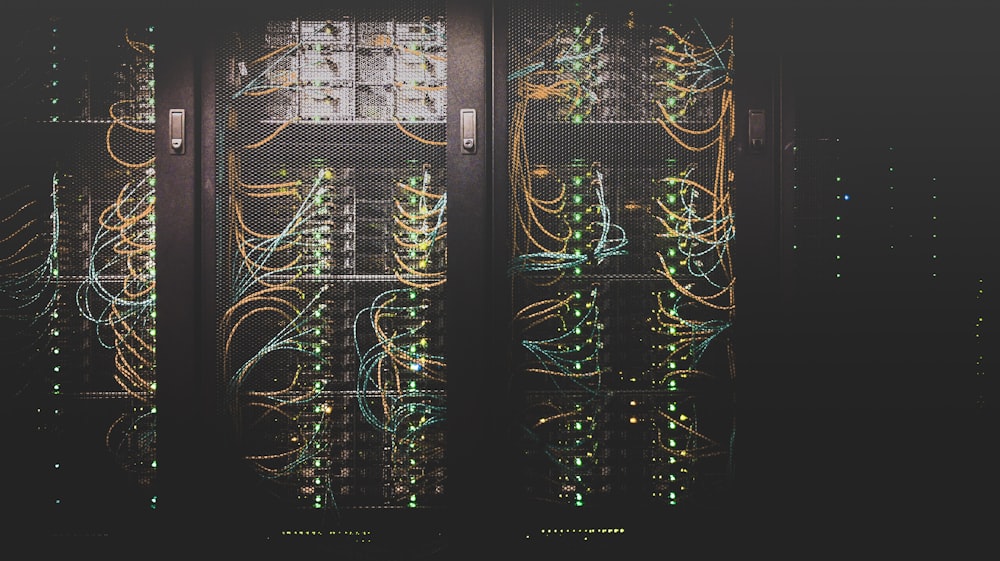Building a Modern SOC: 5 Critical Components Every Organization Needs
In today's rapidly evolving threat landscape, a well-designed Security Operations Center (SOC) is no longer a luxury—it's a necessity. Whether you're building your first SOC or optimizing an existing one, understanding the critical components that make a SOC effective can mean the difference between detecting threats in minutes versus hours or days.
1. Centralized Security Information and Event Management (SIEM)
The heart of any modern SOC is a robust SIEM platform. Your SIEM serves as the central nervous system, collecting, correlating, and analyzing security events from across your entire infrastructure.
Key Considerations:
- Data Sources: Ensure your SIEM can ingest logs from firewalls, endpoints, cloud services, and applications
- Correlation Rules: Develop intelligent rules that reduce false positives while maintaining detection efficacy
- Scalability: Plan for data volume growth and concurrent user access
Pro Tip:
Start with high-fidelity use cases before expanding. It's better to have 10 well-tuned rules than 100 noisy ones.
2. Threat Intelligence Integration
Modern threats require modern intelligence. Integrating threat intelligence feeds into your SOC operations transforms reactive monitoring into proactive threat hunting.
# Example: Automated IOC enrichment
def enrich_alert_with_threat_intel(alert_data):
ioc = extract_ioc(alert_data)
threat_context = threat_intel_api.lookup(ioc)
if threat_context.risk_score > 7:
escalate_alert(alert_data, threat_context)
return enhanced_alert
Implementation Strategy:
- Commercial Feeds: Integrate with providers like CrowdStrike, Recorded Future, or ThreatConnect
- Open Source: Leverage MISP, AlienVault OTX, and government feeds
- Internal Intelligence: Develop custom IOCs from your incident response activities
3. Security Orchestration, Automation & Response (SOAR)
SOAR platforms are game-changers for SOC efficiency. They automate repetitive tasks, orchestrate complex workflows, and ensure consistent response procedures.
Automation Wins:
- Initial Triage: Automatically enrich alerts with context
- Containment: Isolate compromised endpoints within minutes
- Communication: Send notifications and create tickets automatically
4. Comprehensive Endpoint Detection and Response (EDR)
While network monitoring catches external threats, EDR solutions provide deep visibility into endpoint activity—where most attacks ultimately land.
EDR Integration Best Practices:
- Real-time Streaming: Feed EDR telemetry directly into your SIEM
- Behavioral Analysis: Focus on anomaly detection, not just signature-based alerts
- Response Capabilities: Ensure your EDR can remotely contain and investigate endpoints
5. Skilled Security Analysts and Clear Procedures
Technology is only as effective as the people operating it. Your SOC team needs the right mix of skills, training, and documented procedures.
Building Your Team:
- Tier 1: Alert triage and initial analysis
- Tier 2: Deep investigation and threat hunting
- Tier 3: Incident response and forensics
Essential Playbooks:
- Malware Infection Response
- Data Exfiltration Investigation
- Insider Threat Analysis
- Business Email Compromise (BEC)
Measuring SOC Effectiveness
A modern SOC isn't just about having the right tools—it's about measuring and continuously improving your security posture.
Key Metrics:
- Mean Time to Detection (MTTD): How quickly you identify threats
- Mean Time to Response (MTTR): How quickly you contain and remediate
- False Positive Rate: Quality of your detection logic
- Coverage Metrics: Visibility across your attack surface
Getting Started
Building an effective SOC is a journey, not a destination. Start with these priorities:
- Establish baseline visibility with centralized logging
- Implement high-fidelity detection rules
- Document and practice incident response procedures
- Gradually introduce automation to reduce manual effort
- Continuously tune and optimize based on threat intelligence
Conclusion
A modern SOC requires careful planning, the right technology stack, and most importantly, skilled professionals who can operate it effectively. By focusing on these five critical components—SIEM, threat intelligence, SOAR, EDR, and people/processes—you'll build a security operations capability that can adapt to emerging threats and protect your organization's most valuable assets.
Remember: the best SOC is one that evolves with your organization's needs and the changing threat landscape. Start with the fundamentals, measure your progress, and continuously improve.
Ready to build or optimize your SOC? Book a consultation to discuss your specific requirements and develop a customized roadmap for your security operations.
